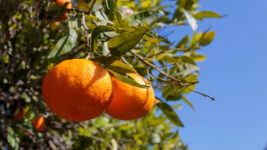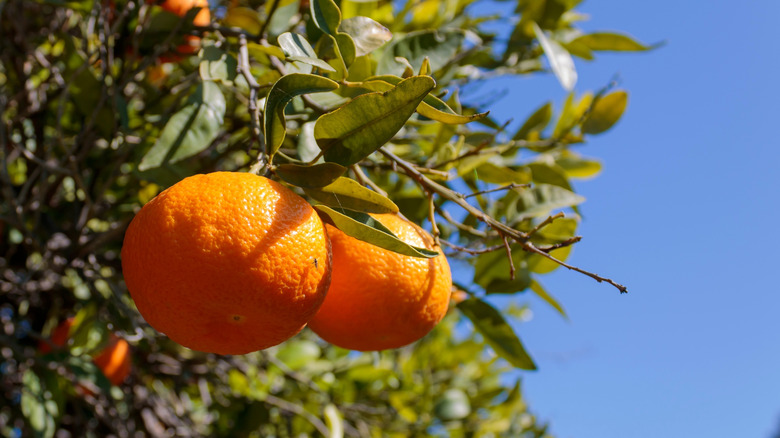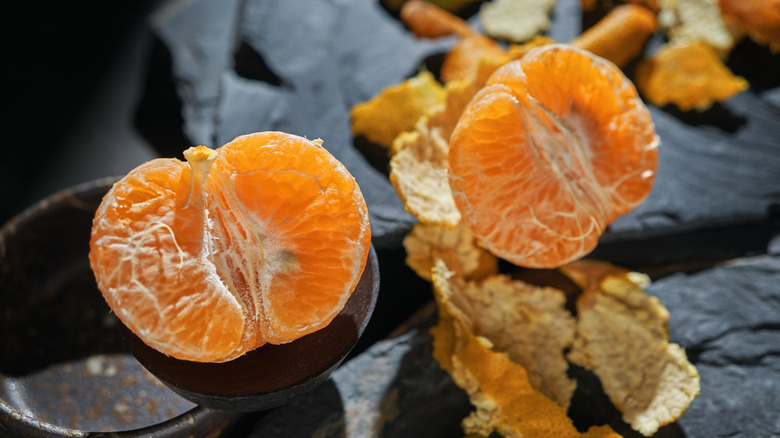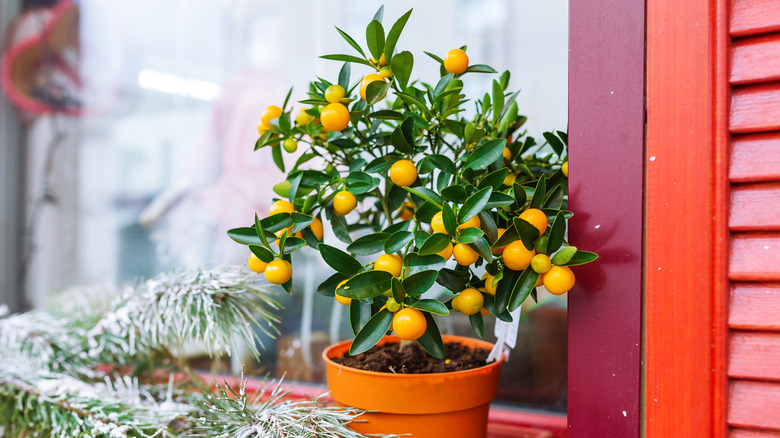
Can You Grow Clementines From Seed In The Garden?
If, like me, you’re a gardener who lives in the Northeast U.S., you probably wish sometimes you lived in a warmer zone just so you could grow citrus fruit trees. Don’t get me wrong, I love the change of seasons in upstate New York, but it would be nice to be able to grow an orange or lemon tree in my garden … or a clementine tree! Growing citrus trees in the garden requires living in the right climate. Many citrus trees can be propagated from seed, including clementines, but planting them outside requires specific growing conditions.
Advertisement
A clementine is a hybrid fruit, believed to be a cross between a mandarin and a sweet orange (as opposed to a bitter orange, also known as a Seville orange, a top pick for making marmalade). Many clementine trees sold by nurseries are grafted onto dwarf root stock. Clementine trees normally grow up to 25 feet tall, but a dwarf tree can be pruned to stay at 6 feet, the perfect size for a patio container tree.
Some folks in colder zones grow dwarf citrus trees in containers that they move indoors for the winter. If you want to grow clementine trees from seed, this could be an option in a colder zone. If you live in USDA zone 9 through 11, clementine trees will grow fine in your garden. Growing clementines from seed, even from a dwarf tree, may not guarantee you get a dwarf-size tree; like many fruit trees, they often don’t grow “true to seed.” So, this may be an experiment with an unknown outcome, but it is certainly worth trying.
Advertisement
Preparing and planting clementine seeds
When I was a teenager, I saw magazine ads from the California Avocado Growers Association explaining how to grow avocado trees from pits. I tried this and got some tiny trees growing, but growing an avocado tree to maturity wasn’t an option in upstate New York. But I got curious about growing other fruit trees from seed, so I planted some fresh lemon seeds. I put them in a small pot of soil and eventually tiny tree lemon tree seedlings emerged. They grew about 8 inches high and then died. Now, being older and wiser in the ways of horticulture, I know to do my research first.
Advertisement
The great thing about growing citrus trees from seed is that they do propagate fairly easily. But you do need to source good seeds and prepare them for planting. It’s recommended you plant seeds in containers first, instead of direct sowing into the garden. Get some good quality fresh clementines in season (November through February). You will need a warm, sunny window spot to start the seeds indoors.
Soak the seeds in warm water overnight to remove pulp and prevent any mold contamination. You can plant the seeds right away after soaking, but if you need to wait, let them air dry completely and keep in an airtight container. Plant seeds a ¼ inch deep in moist potting soil, and place the container in a sunny location. Keep the soil moist by spraying the surface with a mister every day. Seedlings should begin to appear in three weeks or so.
Advertisement
Transplanting clementine trees
Once your clementine seedlings have reached maturity, transplant them either to a larger container or, if you’re in a warm enough growing zone, into the ground. Spring is considered the best time to transplant fruit trees outdoors. It’s important to wait until the root systems are strong enough to be transplanted. One sign of this is the formation of leaves on the seedling stems. If you start your seeds by January, this should be enough time for seedlings to put on a bit of size before transplanting.
Advertisement
Clementine trees take between two and three years to reach maturity and bear fruit. This is true for trees grown in containers or in the ground. Transplanting the seedlings into slightly larger containers will encourage steady growth. Good drainage is essential for citrus trees in containers. Over time, you will want to repot your clementine every year or so, and change out the soil to improve nutrition and avoid the roots becoming crowded or malnourished. Be gentle when transplanting citrus trees to avoid any stress or damage. Keep them pruned to a manageable size; spring is the best time to prune citrus trees.
If you’re planning to grow your clementine trees in the garden, start with a good mix of well-draining soil. The soil should ideally be somewhat sandy and slightly acidic; I’ve seen specially formulated soils for citrus trees at my local garden store. Adding a light layer of natural mulch will help hold in moisture. Leave a few inches around the base of the tree clear of mulch. Your clementine tree will also benefit from regular use of fertilizer made for citrus trees.
Advertisement






